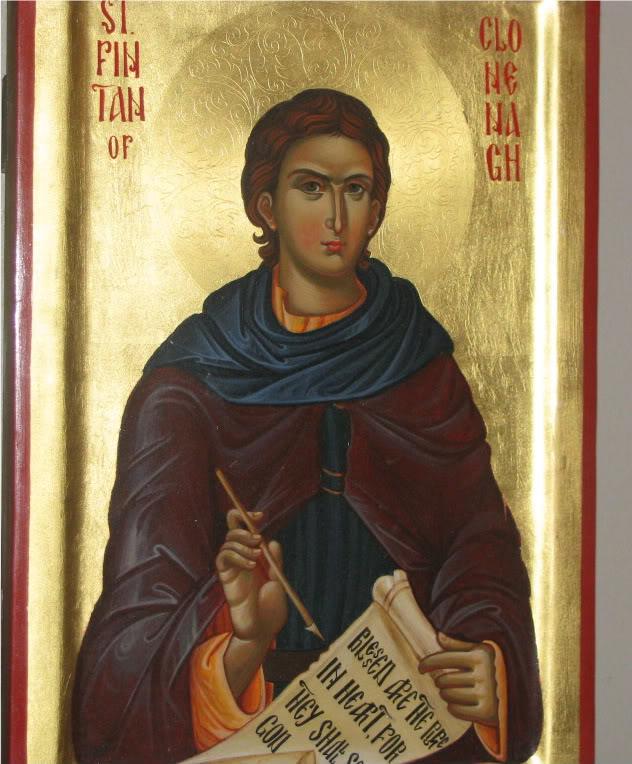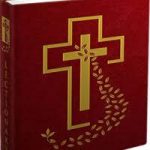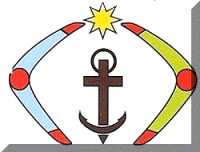
http://www.catholic.org/saints/saint.php?saint_id=3371
As given at https://celticsaints.org/2021/202110.html there are:
21St. Fintan Munnu of Taghmon
Troparion of St FintanTone 8
As a disciple of Iona’s founder,
thou wast rooted firmly in the Faith and the monastic disciplines,
O Founder of Taghmon’s Monastery, holy Father Fintan,
Righteous Ascetic and Champion of our Church.
As thou didst defend the tradition of our Fathers in the Faith,
defend us, O Saint, from soul destroying innovations,
that we stray not from the way of salvation.
Died October 31, c. 635. Saint Finton, born into the noble Ui Niell clan, forsook the world as a youth to become a monk first under Saint Comgall (f.d. May 11), then under Saint Sinell at Cluain Inis, Ireland. After 18 years of monastic life, he left to become a monk for a time on Iona. On his arrival in 597, he found that Saint Columba (f.d. June 9) had died (though one tradition has him living at Iona or a daughter abbey at Kilmore until Columba died). He was told by the new abbot, Baithene, that Columba had left instructions that Finton not be admitted because his destiny was to found another abbey.
Whether he returned to Ireland because his desired master had died, or whether Columba actually left instructions, Finton returned to Ireland. There he founded and became abbot of a monastery at Taghmon (Tech Munnu) in County Wexford, which he developed into an outstanding monastery. He was a firm supporter of the Celtic liturgical practices at the synod of Magh Lene in 630 in opposition to Saint Laserian (f.d. April 18) and others.
More at https://celticsaints.org/2021/1021a.html

St. Tuda of Lindisfarne
St. Tuda of Lindisfarne Biography, Feast Day, Date of Birth, Country of Birth, Profession, Place of Work, Date of Death, Place of Death, Beatification Date, Canonization Date
| Date of Birth | Late 6th century |
|---|---|
| Country of Birth | Ireland in Europe |
| Matrimony/Holy Orders | Saints who were Bishops |
| Profession | Missionary |
| Place of Work | Ireland |
| Date of Death | 664 AD |
| Place of Death | Ireland |
| Feast Day | October 21 |
| Beatification | Beatified by N/A |
| Canonization | Canonized by Pre-Congregation |
| Patron Saint of |
Died at Durham, 664. Although the Irish monk Tuda was a staunch adherent of the Roman practices, including the Nicean computation of the date for Easter, he succeeded Saint Colman (f.d. February 18) as abbot-bishop of Lindisfarne, where the contrary view was held. In this position he governed the entirety of Northumbria. Most of the Celtic usage monks departed with Colman in 664, leaving Tuda to heal the wounds of discord. Tuda signed the deed of dedication of the new Saint Peter’s Monastery in Mercia of which the Celtic-born Jaruman was bishop. Even though Tuda, who died of the plague within the first year of his appointment, does not seem to have enjoyed a public cultus, he is listed in some martyrologies. It should be noted that Bede records his memory and that many of the records of Lindisfarne were destroyed during the Viking invasions. Tuda was buried in a church at Durham (Benedictines, D’Arcy, Farmer, Montalembert).
Ambrose Moony and Kathleen Hanrahan https://celticsaints.org/2021/1021b.html 30 November 2020

St. Wendelin of Tholey (Wendolinus, Wendel)
“Saint Wendelin“. CatholicSaints.Info. 5 August 2020. Web. 21 October 2021St. Wendelin of Tholey (Wendolinus, Wendel)
Confessor
Died c. 607. Saint Wendelin’s identity was nearly lost, although there were 17 towns in the U.S. in 1957 named after him. He was an Irish shepherd who became famous for his sanctity, when settled along the Rhein following a pilgrimage to Rome and began to evangelize the region. A later legend makes him an Irish hermit, whose cell became the Benedictine abbey of Tholey in the diocese of Treves (Trier), Germany. Or, is it a legend? The Diocese of Trier records that he was an Irish saint.
It is said that so many miracles occurred at his death that a church was built on the spot along the Nahe River to house his relics. The church still survives. The 1370 stone sarcophagus, which was first used as a table to hold the wooden shrine, and a representation of the saint from c. 1300 remain, still survive. (Benedictines, D’Arcy, Fitzpatrick, Kenney, Montague).
In art, his emblem is sheep, a dog, and a club. Sometimes there is a staff, pouch, cup, and dog at his feet, at other times a long staff and a calf at his feet. He is the patron of shepherds and peasants. He is invoked on behalf of sick cattle (Roeder). The 14th-century image of Wendelin depicts him as an Irish monk with a staff and Gospel, rather than as a shepherd (D’Arcy).
Ambrose Moony and Kathleen Hanrahan https://celticsaints.org/2021/1021c.html 30 November 2020
content © 2008 – 2021, Ambrose Mooney https://celticsaints.org/2021/202110.html
layout © 2008 – 2021, Kathleen Hanrahan and Mo! Langdon Page last updated: 30 November 2020
Please send us comments, corrections, etc. – Kathleen or Mo!.

